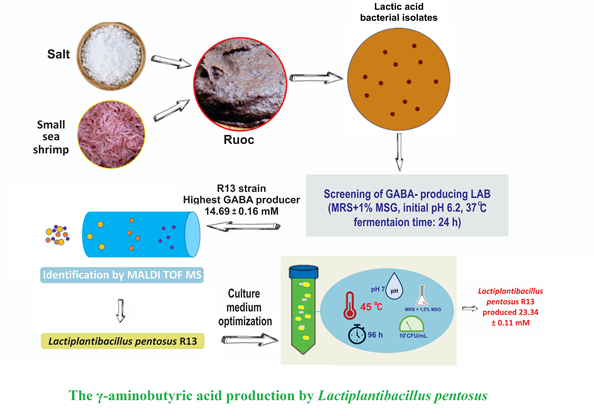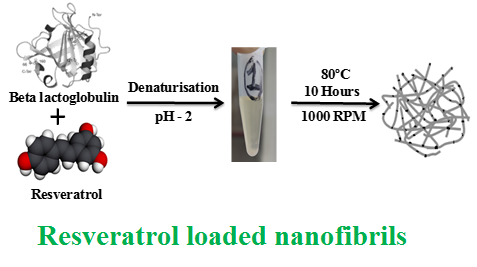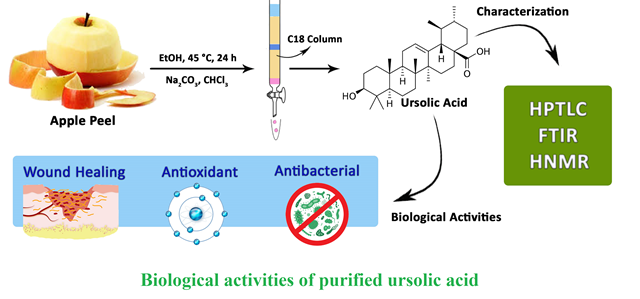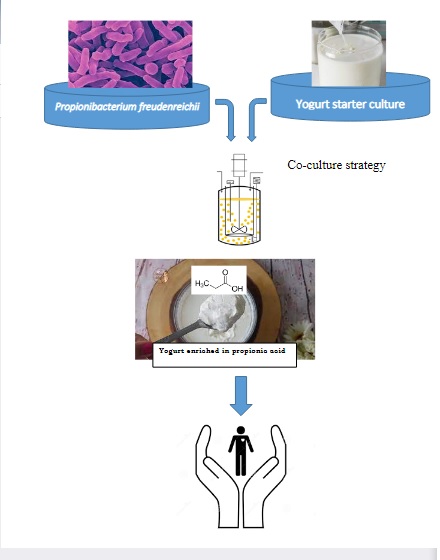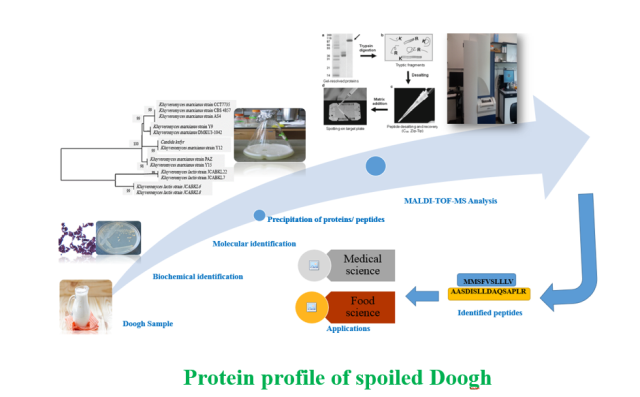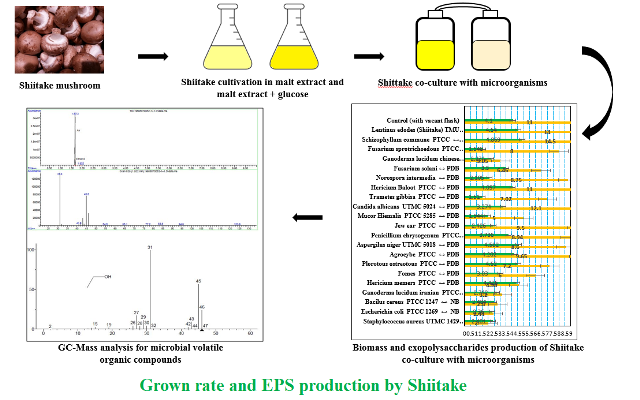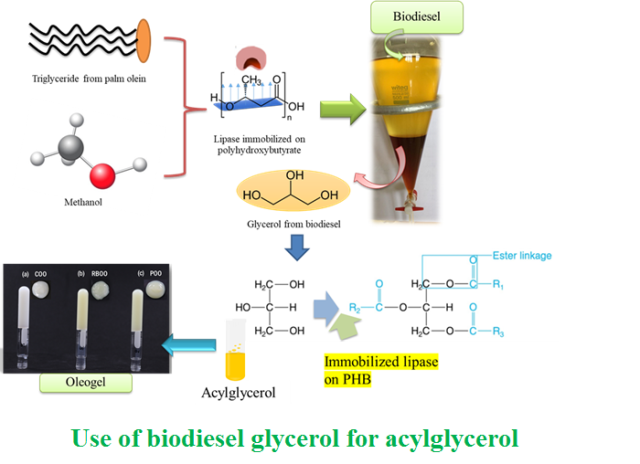
Background and Objective: Biodiesel is a well-known liquid fuel. However, a large quantity of glycerol is produced as a byproduct during the biodiesel production. If this is used as a substrate for value-added products such as monoacylglycerols, economic viability of the biodiesel process may improve. There are various uses of monoacylglycerol. However, its use as a substrate for oleogel is still a challenge. Therefore, the aim of this study was to assess the optimum acylglycerol production by immobilized lipase using glycerol from biodiesel processing and various plant oils as substrates. Moreover, use of acylglycerol for oleogel production was studied.
Material and Methods: First, glycerol was collected from biodiesel plants and purified using repeated cycles of acidification. Purified glycerol and various types of plant oils, including coconut, rice bran and palm oils, were used to produce acylglycerol via immobilized lipase catalysis. Then, acylglycerols from each plant oil were selected and used as substrates for oleogels. Acylglycerol was characterized following standard methods using gas chromatography-mass spectroscopy and Fourier transformed infrared spectroscopy. Moreover, structure and develop of oleogel were assessed using Fourier transformed infrared spectroscopy and scanning electron microscopy.
Results and Conclusion: The highest acylglycerol yield (91.15%) was achieved under conditions, including 20% enzyme loading, 6:1 glycerol to palm oil ratio, 8% water content, 40 °C reaction temperature and 24-h reaction time. Acylglycerol from glycerol with palm oil included mono, di and triacylglycerols with contents of 85.0, 10.0 and 2.0%, respectively. Results showed that types of oil included no effects on oleogel qualifications in this study and all oleogels included good characteristics use in foods.

